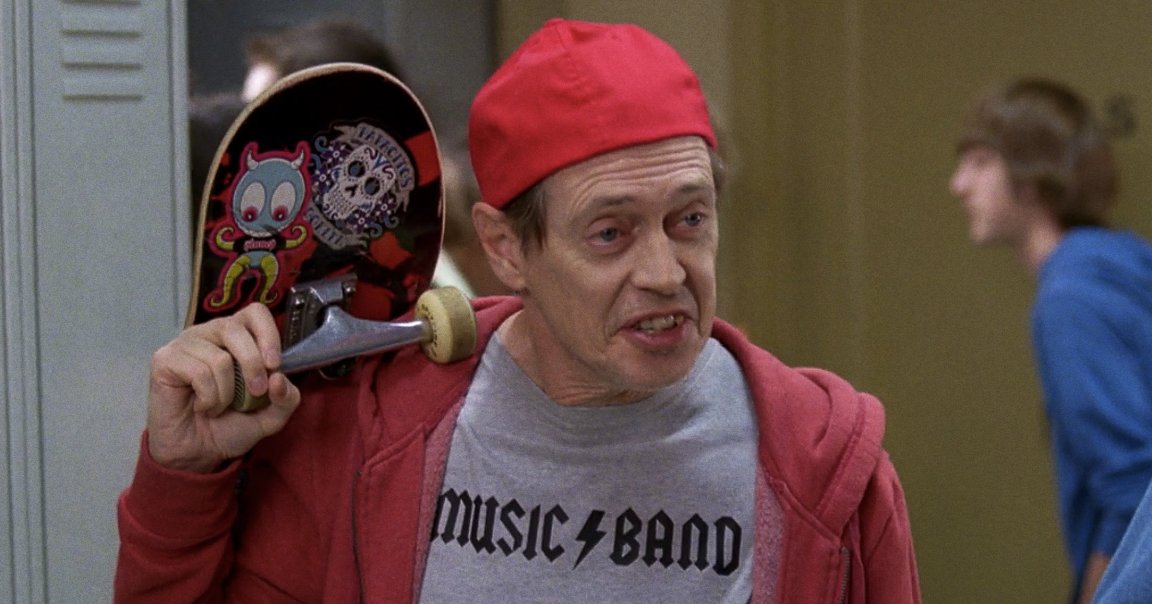
According to a new study, teen films have a dirty little secret — and it’s harming the real-life adolescents who watch them.
After analyzing dozens of teen films, communications researchers at the University of Ohio found, per a new study published in the Journal of Children and Media, that the experiences depicted in them was so different from the lives and experiences of actual teens that they may as well have been speculative fiction.
Looking at 53 teen films released between 2012 and 2021 — titles like “Lady Bird,” “The Fault in Our Stars,” and “Percy Jackson” — the study led by PhD student Kate Stewart revealed that the protagonists in these stories were very talented at initiating romantic relationships, and often didn’t struggle with the physical aspects of puberty (which can, as we all remember, be quite gross).
Of all the characters in those films, only two — male or female — dealt with body hair on screen, and the same number struggled with acne. With 28 female leads total among the 53 films, only two discussed breast development and four talked about menstruation. And not a single character in any of the movies analyzed dealt with changes in their voices or height.
While there was a dearth of puberty-related scenes, romantic interest proliferated throughout the films. Stewart clocked a whopping 1,467 romance scenes across all the movies she studied, and of the 47 films that depicted love interests, the protagonists successfully pursued them nearly 80 percent of the time — yet another unrealistic standard, given the notorious awkwardness of early romantic pursuits.
Though we understand as adults that the narratives we see on-screen aren’t supposed to be representative of how our lives should go, younger viewers are, the new research posits, more likely to compare themselves to what they see onscreen. When those depictions of adolescence fail to line up with their lived experiences, it can be difficult for teens to feel that they measure up.
“In a perfect world we would see comforting, reassuring, informative depictions of these types of things,” Stewart said in a press release. “But if you’re seeing certain depictions over and over again, then it’s going to start to affect how you view things and especially what you may come to expect.”
Though the communications scholar doesn’t believe these films are purposefully or maliciously showing inauthentic teen experiences, it’s still a bizarre state of affairs.
“It’s kind of a weird disconnect and misalignment between those two big features of adolescence,” she said.
With studies showing that Gen Z and Gen Alpha have both a growing disinterest in on-screen romance and a desire to see more representational stories, Stewart said she hopes that eventually, Hollywood will catch up to what its consumers actually want.
“Our hope is that the industry will begin to weigh those pros and cons of allowing teen audiences to see puberty and more realistic changes,” she said of the research. “By shining a spotlight on this, we’re hoping to move forward and build on what we know about what teens learn from media.”
More on youth: Nearly Half of Young People Wish the Internet Had Never Been Invented